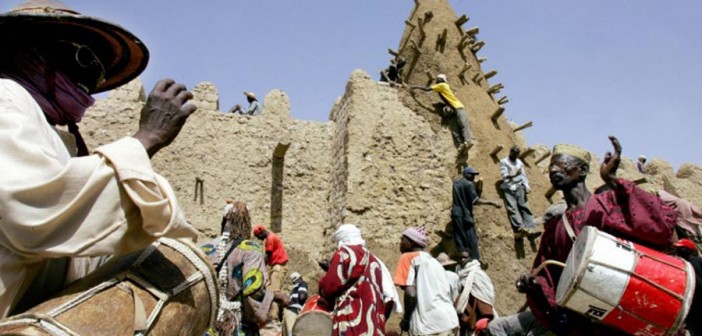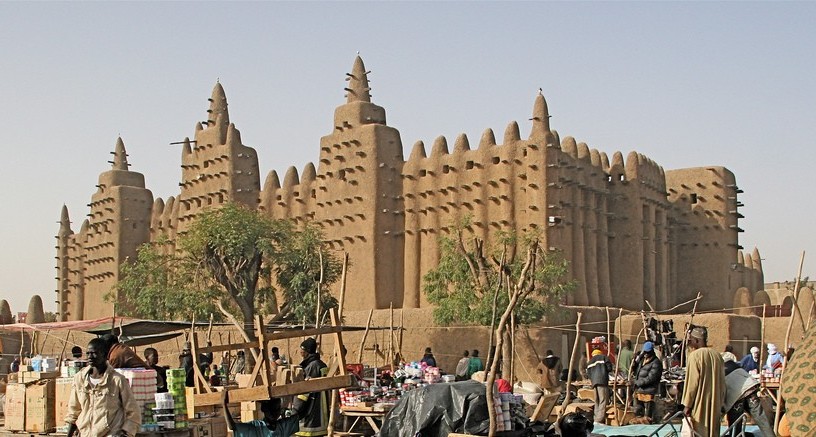Mali has faced more than its fair share of problems.
Since 2012, the Northern Mali Conflict has left the country in the grip of violence. The conflict has been, in effect, a civil war between the north and the south. The northern forces, made mostly of Tuaregs, fought for independence or at least greater autonomy in the Azawad region. Failure to handle the conflict led to a coup to oust the president. At its greatest extent, Azawadi Tuareg forces held over half the country’s territory. The conflict became so serious that France deployed troops in 2013. The Malian government reclaimed the north, and there has been a ceasefire since February of this year. However, the threat of further conflict looms forever in the background in this historic country.
Mali certainly has an industrious history. In the 11th century, the Mali Empire became the most powerful in Africa. King Mansa Musa, who reigned from 1312 to 1337 remains the richest individual ever in history, amassing an incredible $400bn fortune from the gold trade. By the end of the empire, Mali’s expanses reached to the Atlantic ocean. Even with its defeat by the Moroccans in the 16th century, Mali’s incredible culture began to flourish.
Timbuktu is often used as a saying to denote an exotic or faraway place. Far from being a remote outpost, Timbuktu was once the world’s marketplace. A melting pot of ancient cultures, Timbuktu was where Mali, Songhai, and Moroccan culture merged, and created a powerful centre of trade and learning. Timbuktu became Africa’s cultural, economic, and intellectual crossroads, during the West’s Dark Ages.
Though this Golden Age has long since passed, the incredible architectural legacy and priceless artefacts remain as a reminder to the city’s incredible past. The onset of Mali’s civil war placed these in danger. But amid the continuing struggle, one group of plucky conservationists are leading the fight – the fight to save Mali’s incredible architectural heritage from the ravages of war.
In 2012, Timbuktu was captured by the Azawadi forces. Shrines and pilgrimage sites, tied mostly to Islam’s Sufi religious group were destroyed by rebels who considered them ‘blasphemous’. In total, 14 important historical sites were damaged. These mausoleums, housing the remains of Timbuktu’s fabled great thinkers, are of the utmost importance to the citizens of Timbuktu, whose entire city limits are designated a UNESCO World Heritage Site. Perched as though watching over the city, some lasting 800 years, the ‘city of 333 saints’ would, legend has it, protect the city from harm.
It was thought that they were beyond repair. But Timbuktu’s residents have refused to let that happen. Drawing on the city’s heritage as a centre of innovation and culture, the residents of Timbuktu took the initiative. Using traditional building techniques which respected the historical integrity of the sites, the tombs were sympathetically restored, under the approving gaze of the United Nations. The keen eyes of the restorers enabled them to use old photographs and remaining brick patterns to piece together the magnificent old shrines, and return them to their former glory. With the help of the French, the rebels were driven from Timbuktu after a year of occupation in which sites were destroyed and civil liberties cast asunder. Now is the time for Timbuktu to heal, and rebuild. With the restoration of these iconic monuments, the first bricks have already been laid.







